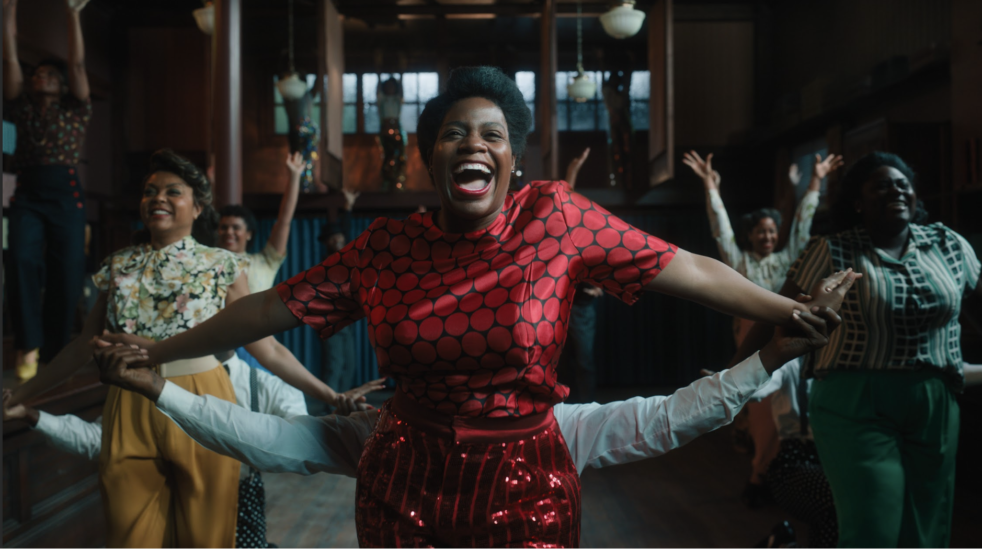In a roundtable interview with the cast of “The Color Purple,” Phylicia Pearl Mpasi, who plays Young Celie, was asked what influenced her performance most. With little hesitation, she replied that it was Desreta Jackson’s portrayal of the same character in the original film. It was Jackson’s “vulnerability,” Mpasi said, that moved her so deeply.
It is that vulnerability in every character that has made the story of “The Color Purple” so compelling. It is a tale of both deep pain and redemption. It should not be a surprise that the book has already been adapted into two movies and a musical in the barely four decades since its release. The narrative has a universal quality.
This year’s version, directed by Blitz Bazawule, combines some of the aesthetics of Steven Spielberg’s movie with the music from the Broadway show to introduce the story to a new generation of moviegoers. It is a risky gamble, given that the last financially successful musical came out in 2018 with the release of “Mamma Mia! Here We Go Again,” but with “The Color Purple,” it could pay off. The film makes for an interesting and creative take on the source material, with striking images and memorable songs, and it provides a poignant perspective on Black experiences in America. One weakness is in Its choice to not probe the thematic depth of the original story.
The film opens in the early 20th century South on two young sisters, Nettie and Celie, played as kids by Halle Bailey and Phylicia Pearl Mpasi, respectively. Celie must marry the abusive Mister (Colman Domingo), who kicks Nettie out of the house after she refuses his advances. In the present day, Celie’s (Fantasia Barrino) life has become a monotonous cycle of abuse from Mister, and she has had no contact with her sister since their separation. However, circumstances change when Mister’s mistress, Shug Avery (Taraji P. Henson), comes into town, pushing Celie slowly down the path of rediscovering her dignity and worth.
The best and most noticeable thing about this version of “The Color Purple” is its performances. Nearly every actor in the film plays their character excellently, especially Danielle Brooks, who plays Mister’s daughter-in-law in a superbly emotional performance, one that provides several of the film’s most compelling moments. Fantasia Barrino is remarkable in her film debut, and Taraji P. Henson, as always, is excellent.
When asked about what most influenced their acting journey, Brooks and Barrino remembered seeing “The Color Purple” both on film and Broadway, and Henson discussed the influence the musical “The Wiz” and the band “Sister Sledge” had on her. Clearly, the actors in the movie have great admiration for the source material, music, and theater — Danielle Brooks even played her same character on Broadway — and it comes through in the richness of their performances.
The film is more than an acting showcase. As a musical, it works wonders, with catchy, soulful songs, including a hip-hop-inspired number added by the director to give Mister’s son Harpo (Corey Hawkins) the “coolness” Bazawule felt he needed. The song choices are excellent, and they are matched by the fantastic singing and choreography. Bazawule undoubtedly understands music performance, and his musical numbers feel much more like a true Broadway show than just simply movie stars trying to sing and dance, a trap movie musicals — notably ones with tap-dancing Ryan Gosling — can easily fall into.
The issue with being a musical is that there is less time to devote to the inner lives of the movie’s characters, and “The Color Purple” is no exception. While the themes of redemption and forgiveness are still here, and the characters’ suffering is still detailed, it feels muted in this version. It can occasionally feel rushed, missing the depth of the story explored further in the 1985 film. This version fails to capture the nuances of Celie’s deep heartbreak in the first half and the mending that begins to take place by the end. The story is still here in its entirety. It just feels closer to a “Greatest Hits” version of “The Color Purple,” rather than the story told in all its intricacies. More of the emotion comes from the performances than it does the script and directing.
Despite all of this, though, the 2023 “The Color Purple” is still a powerful version of the story, speaking through bold music to show all of us what can be brought out from the ashes of suffering.
